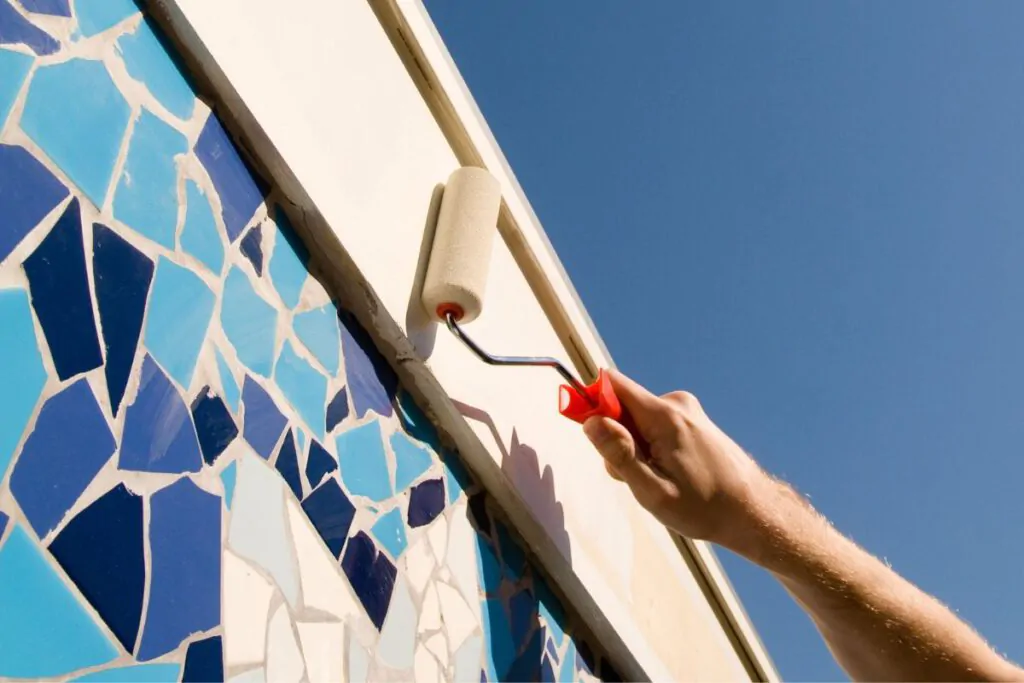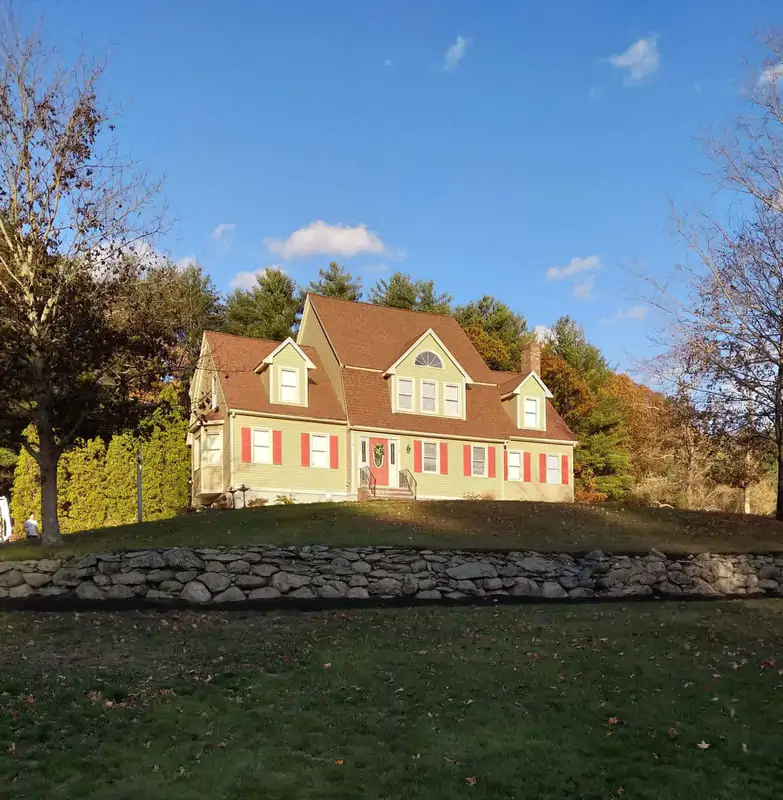can a house be painted in the winter, can you paint in the winter, can you paint outdoors in winter
Can I paint my house in snow and rain?
Painting your house in snow and rain is not advisable. Moisture can prevent proper adhesion of paint, leading to poor results and potential damage. It's best to wait for dry conditions for successful exterior painting.
Is it possible to paint outdoors in freezing temperatures?
Painting outdoors in freezing temperatures poses challenges but is possible with the right materials. Specialized paints designed for low temperatures can be used, which allow for successful application even in cold weather, provided conditions are suitable.
Can you paint exterior walls in the winter months safely?
Painting exterior walls in the winter months can be done safely with proper precautions. Ensure temperatures are above 35°F and use the right paint designed for cold weather to achieve a durable finish.
What is the best type of paint for winter outdoor use?
The best type of paint for winter outdoor use is a high-quality, latex-based paint formulated for lower temperatures. These paints maintain flexibility and adhesion, ensuring a durable finish even in cold weather conditions.
Do paints dry faster or slower in cold winter air?
Paints dry slower in cold winter air due to reduced temperatures and humidity levels. This can extend the drying time, making it essential to consider weather conditions when planning your exterior painting project during winter.
Can you use a sprayer to paint in the winter outside?
Using a sprayer to paint outside during winter is possible, but it requires careful consideration of temperature and paint specifications. Ensure the paint is suitable for colder conditions to achieve a quality finish.
Can you paint in a cold garage during the winter?
You can paint in a cold garage during winter, but it's essential to use cold-weather paint formulations and ensure adequate ventilation to allow proper curing.
Do I need special winter painting equipment?
Special winter painting equipment is often necessary. Cold-weather paint, heat guns, and protective gear can help ensure a successful paint job by promoting proper adhesion and curing despite low temperatures.
Are there special winter paints for outdoor use available?
Special winter paints for outdoor use are indeed available. These paints are formulated to adhere well in colder temperatures, allowing for successful application even during winter months in order to protect and enhance your home's exterior.
Can I paint my house in freezing temperatures?
Painting your house in freezing temperatures is not advisable. Most paints require a minimum temperature to cure properly, typically above 35°F (2°C), to ensure optimal adhesion and finish quality.
How do I protect my painting from snow and ice?
Protecting your painting from snow and ice involves applying a high-quality, weather-resistant exterior paint and ensuring it cures properly before winter conditions set in. Additionally, using protective coverings can help shield freshly painted surfaces during a winter storm.
Do I need special gear to paint outdoors in winter?
Painting outdoors in winter requires special gear. You’ll need high-quality, cold-weather paint and tools designed to operate in low temperatures to ensure proper adhesion and finish quality.
What are the risks of painting outdoors in winter?
The risks of painting outdoors in winter include the potential for paint to freeze, leading to improper adhesion and a poor finish. Additionally, cold temperatures can slow drying times, which may result in uneven application and increased susceptibility to damage.
Is it possible to paint in freezing temperatures outside?
Painting in freezing temperatures outside is generally not advisable. Most paints require temperatures above 32°F (0°C) to properly adhere and cure, so it's best to wait for warmer conditions.
Are winter paint jobs more prone to peeling or flaking?
Winter paint jobs can be prone to peeling or flaking if proper precautions are not taken. However, with the right materials and techniques, you can achieve a durable finish even in colder temperatures.
How do I keep my paint from drying too fast outdoors?
To keep your paint from drying too fast outdoors, consider applying during cooler parts of the day, using slow-drying paint additives, or selecting a paint specifically formulated for extended open time.
Are there special winter paint options available?
Special winter paint options are indeed available. These paints are formulated to apply in colder temperatures, ensuring proper adhesion and durability, making them ideal for exterior projects during the winter months.
How does cold weather affect paint drying time?
Cold weather significantly slows paint drying time. Low temperatures can cause paint to take longer to cure and adhere properly, which may lead to issues like peeling and cracking.
What are the risks of painting a house in winter?
The risks of painting a house in winter include poor adhesion, which can lead to peeling, and extended drying times due to low temperatures. Additionally, moisture from snow or rain can interfere with the paint's curing process, resulting in compromised durability.
Will my paint freeze in cold winter temperatures?
Paint can freeze in cold winter temperatures, which negatively affects its performance and drying process. To prevent freezing, it's advisable to use specially formulated paint designed for low temperatures during winter exterior projects.
Can I paint my house in cold weather conditions?
Painting your house in cold weather conditions is possible, but it requires careful consideration. Most exterior paints need temperatures above 50°F to properly cure, so consult professionals to ensure optimal results and avoid potential issues.
Can exterior house painting be done in winter weather?
Exterior house painting can be done in winter weather, but it requires special considerations. Use weather-resistant paint and ensure temperatures are consistently above 35°F for optimal adhesion and curing.
What temperature is too cold to paint outside in winter?
The temperature that is generally too cold to paint outside in winter is below 50°F (10°C). Painting in colder temperatures can hinder proper curing and adhesion, potentially compromising the quality of the finish.
Is it recommended to paint a house in winter?
Painting a house in winter can be recommended under certain conditions. If temperatures are consistently above 35°F (2°C) and the weather is dry, you can achieve good results while benefiting from lower demand for painting services.
How does winter humidity affect paint drying time?
Winter humidity significantly impacts paint drying time. High humidity levels can slow down the drying process, leading to longer wait times before applying additional coats or allowing full curing of the paint.
What paint formulations work best in winter?
The paint formulations that work best in winter are those specifically labeled as "cold weather" or "low-temperature" paints. These products generally have a lower temperature range for application, ensuring optimal adhesion and performance even in chilly conditions.
How can I ensure paint adhesion in winter?
Ensuring paint adhesion in winter involves preparing surfaces by cleaning and priming, using high-quality, cold-weather paint, and applying it at temperatures above the manufacturer’s recommended minimum to allow proper curing.
What preparations are needed before winter painting?
Preparing for winter painting involves ensuring the surfaces are clean, dry, and free of ice or snow, as well as selecting the right paint designed for low temperatures. Additionally, check the weather forecast to avoid painting on extremely cold or wet days.
Are there specific safety measures for winter painting?
Specific safety measures for winter painting include ensuring proper ventilation, using heat sources to maintain temperature, and selecting paints designed for cold weather conditions to prevent freezing and ensure optimal adherence.
How can humidity impact winter painting results?
Humidity can significantly impact winter painting results by affecting the drying time and adhesion of the paint. High humidity levels can lead to improper curing, resulting in a less durable finish and potential peeling or blistering.
can a house be painted in the winter, can you paint outdoors in winter, can you paint in the winter, exterior painting in cold weather, can you paint your house in the winter, can you paint in winter, can you paint during winter









